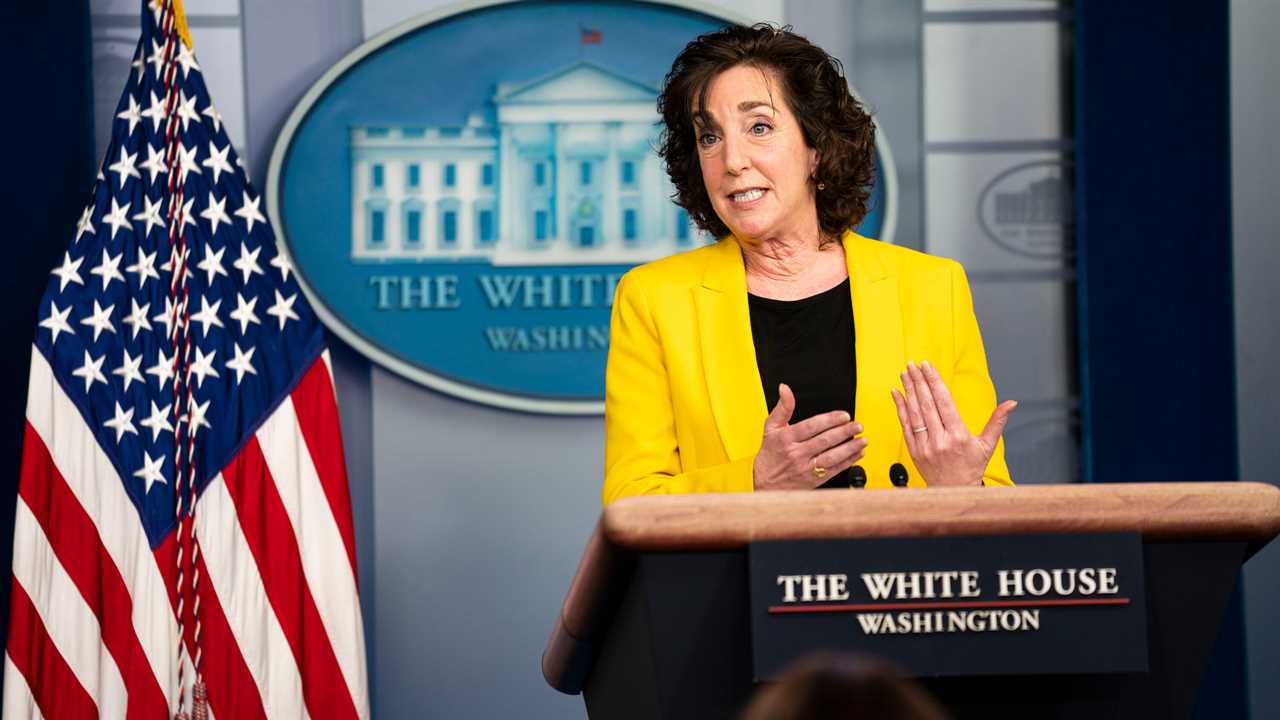
WASHINGTON — Roberta S. Jacobson, the former ambassador to Mexico whom President Biden chose as his “border czar” on the National Security Council, will step down at the end of the month, she said on Friday, even as the administration struggles to confront a surge of migrants at the nation’s southwestern border.
Ms. Jacobson, who had been described as one of the Biden administration’s key players in dealing with the governments in the Northern Triangle area of Central America, praised Mr. Biden’s efforts to repair and recast the nation’s immigration system after four years under President Donald J. Trump.
“They continue to drive toward the architecture that the president has laid out: an immigration system that is humane, orderly and safe,” she said in a brief interview. “I leave optimistically. The policy direction is so clearly right for our country.”
Ms. Jacobson said that her appointment as a special assistant to the president and as the border coordinator in the White House was always intended to last for only about 100 days — a period that will expire at the end of April, when she intends to leave government.
The timing of her departure is nonetheless striking, coming in the middle of the administration’s efforts to reduce the flow of immigration from Honduras, Guatemala and El Salvador. Ms. Jacobson had been charged with leading that effort when her appointment was announced this year.
Republican critics say that Mr. Biden’s decisions to quickly reverse many of the harshest Trump-era immigration policies in his first days in office has encouraged a new wave of migration from Central America, including families and children traveling to the border alone.
Biden administration officials, including Ms. Jacobson, have argued that the increased flow of migration needs to be addressed at its source: primarily in Central American countries where violence, war, poverty, gangs and natural disasters are forcing people to flee their homes for refuge in the United States.
But her role as one of the administration’s top border officials was eclipsed late last month when Mr. Biden announced that Vice President Kamala Harris would lead the government’s diplomatic efforts with that region.
In the interview, Ms. Jacobson said the president’s move to put Ms. Harris in charge of the effort to stem migration from Central America was not a factor in her decision to leave or her timing.
“I briefed and worked in support of the vice president’s leadership on this issue,” Ms. Jacobson said. “Nobody could be more delighted to see the vice president take on that role. It didn’t have anything to do with my decision.”
Two weeks ago, in a separate interview with The New York Times, Ms. Jacobson talked expansively about her plans to travel to Central America, where she said she expected to work with government officials on reducing the flow of migrants north toward the United States.
Last month, she traveled to Mexico to discuss with leaders there ways to combat illegal immigration and bolster shelter capacity for migrants. Ms. Jacobson said in the interview that the trip was also an attempt to find ways to collaborate with Central American countries, as well as potentially Canada, to reduce pressure on the United States border.
“I would say that we’re — we’re having the beginnings of those conversations,” she said. “But right now, we’re focused more on how we can work with Mexico and the Northern Triangle countries.”
In early March, Ms. Jacobson faced questions from reporters at the White House and sought to discourage migrants from journeying to the United States. She echoed the administration’s message that the border with Mexico remained closed.
But when she tried to translate that blunt message into Spanish, she accidentally reversed its meaning, saying, “La frontera no esta cerrada,” which in English is “the border is not closed.” Later in the briefing, she corrected herself, translating the message correctly.
Mr. Biden’s decision to put Ms. Harris in charge of Central American diplomacy was seen at the time as an effort by the White House to send a message that the administration was taking the border issue seriously.
It also served as the first substantive policy directive for the vice president, who has been at Mr. Biden’s side since they took office but had not been given oversight of any particular part of the Biden agenda.
Ms. Jacobson said that she remained confident that the administration would continue to make progress in persuading the leaders of Mexico and the Central American countries to work with the United States to slow the pace of migration.
“They know it is something that can’t happen overnight,” she said of her colleagues in the Biden administration. But she added that officials in the other countries were motivated to find solutions, as well.
“Diplomacy is a conversation,” she said. “It’s not a monologue.”






